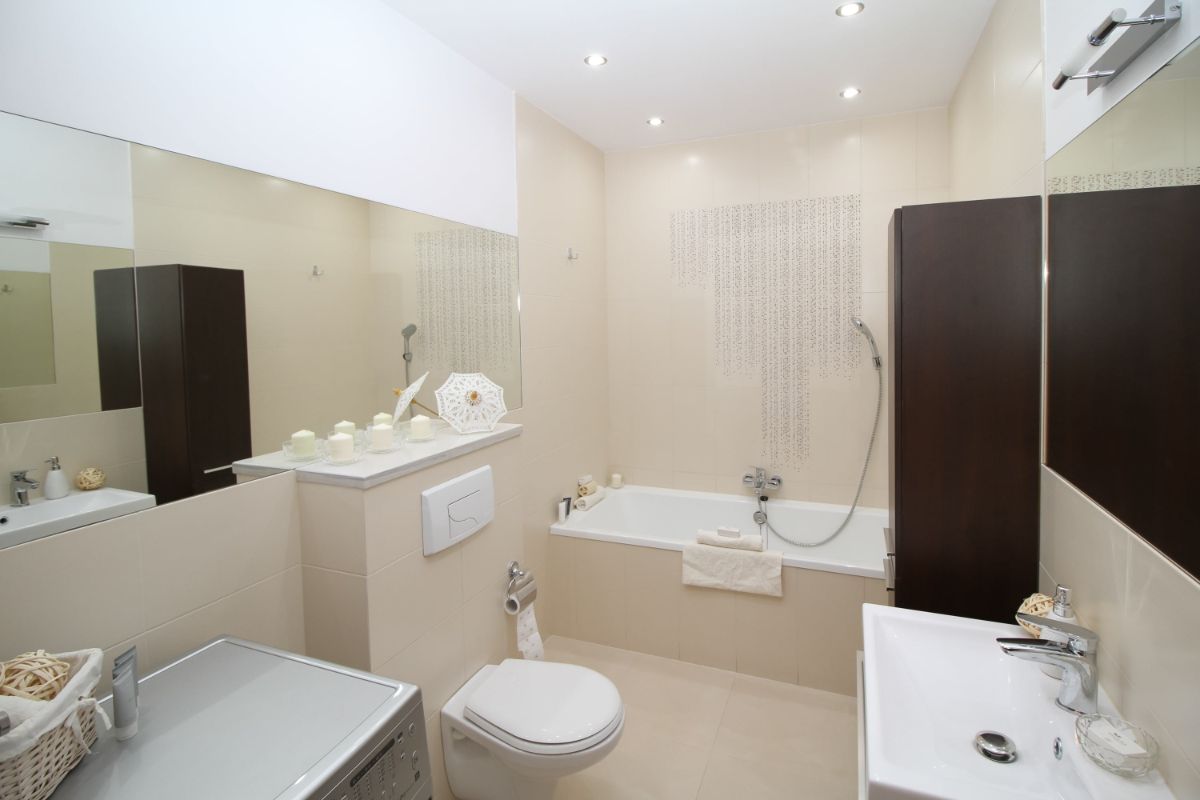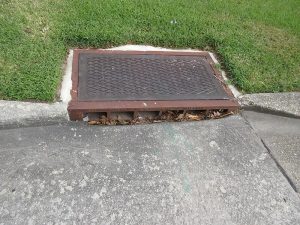When your toilet keeps clogging, you need to get to the root of the issue. The occasional blockage is normal, but needing to keep your plunger handy all the time is not.
Unless you find out why the problem keeps recurring, you can’t prevent it in the future. Whenever a client says, “My toilet keeps clogging,” we know it’s time to dig a little deeper. Let us give you a quick hint, to start–there’s always something.
With that in mind, here are the top possible reasons that your toilet keeps clogging for no reason.
Why Might Your Toilet Keep Clogging?
You Have an Old Toilet
Older toilets require much water to flush. Some can’t handle the number of flushes that a modern household goes through in a day. A toilet not flushing well on a quiet day is the first sign that it’s time for an upgrade.
Repeated stoppages probably indicate that you should replace the commode sooner rather than later.
Newer models of toilets require less liquid with each use. Because of this,they’re ready to go faster. Installing a new model solves the problem and reduces your water usage.
The Fill Valve is Faulty
The fill valve is the mechanism that controls whether or not the tank fills. The water supply to the toilet tank is always on so that the reservoir fills up quickly.
The valve is usually attached to a float via an arm. The float rises as water refills the reservoir, and it lifts the arm as it does so. When the mechanism is in its uppermost position, it shuts off the valve and water flow.
If this happens too soon, there will not be enough liquid to flush the system properly. Check the mechanism by opening the top of the toilet and then flushing. If the arm gets stuck, this could be why your toilet always clogs.
You’ll need a replacement as soon as possible.
Something May Be Trapped in the Trap
The trap is a section of piping specially shaped to prevent noxious sewer gases from seeping back into your home. It’s easy to drop a toothbrush into the bowl accidentally. Toddlers delight in tossing things into the water to watch them “disappear.”
Whatever the reason, if something gets caught in the trap, it creates a stumbling block. It catches debris and creates a larger impediment.
The flushed item becomes caught in a section of piping. Liquids and small particles pass it by easily enough. However, larger bits of debris get caught up, aggravating the problem. Eventually, a solid mass accumulates that no amount of plunging will shift.
What makes this a tough problem is that it’s hard to diagnose. A good indication is that liquid still drains away, but solids come back up. Without checking inside the pipes, however, you won’t know for sure.
In principle, clearing the trap is a simple matter. In practice, you will need to remove the toilet to access this section.
You're Flushing the Wrong Items
You should never flush the following household items:
- Disposable menstrual products
- Cotton swabs/Q-tips
- Facial tissues
- Diapers
- Dental floss
- Condoms
They don’t break down in the system in the same way that toilet paper does. Instead, they’re likely to stick together and cause congestion or even an obstruction.
Absorbent items such as cotton swabs are amongst the worst offenders. They swell as they absorb large quantities of water, obstructing the way more.
Condoms don’t absorb water, but they may trap air as they wind through the network. Debris might get caught up in dental floss.
Toilet paper may also become problematic. Low-flow systems can’t handle large amounts of two- or three-ply brands. The thicker the ply, the greater the mass when it’s waterlogged. A low flow or older system may not have enough pressure to move the paper as it should.
If you’re not flushing anything you shouldn’t, try switching to a thinner paper. In the long-term, it may be better to replace the toilet.
You May Have Sewage Line Issues
Broken sewer pipes, trees blocking the main line, and other issues in the city’s sewer system may cause you problems, too. Your system may backs up because the main line is too congested.
You only have control over the section of the line on your property. Having that sewage line inspected annually is an excellent way to ensure that it’s in good shape.
If, after inspection, we give you the all-clear, and then you still have issues, you should report the matter to your municipality. They should then check the lines leading from your property for damage or obstructions.
Maybe You Have Septic Tank Issues
If you don’t link into a main municipal sewer line, you might have a septic tank system instead. This consists of a tank and a network of filters and drains. Sewage feeds into the container, while the drainage system filters the waste and catches the solids.
Bacteria within the system digest these solids and render pathogens harmless. Liquid waste passes through several filtration stages and drains away safely.
Problems here start when plumbing drains more slowly. Be sure to deal with it fast, or eventually, the sewage will back up.
The backup could be because:
- The tank is full
- The drains or tank have collapsed
- The design wasn’t optimal to begin with
Try to remember when last you had the tank emptied. If it’s been some time, be sure to call a professional to clear it for you.
Dealing with the septic tank is unsanitary and unpleasant. It’s not a DIY job.Be sure to call our MT Drains and Plumbing team if you live in the Greater Toronto Area—or your local plumber if you live outside our service area.
You Could Have Plumbing Vent Problems
The plumbing vent allows gas to escape from the system and helps the system maintain optimal pressure. A damaged or blocked vent might cause a decrease in pressure.
The lowered pressure decreases the flushing power of the toilet.Waste may not move through the system as effectively, causing it to back up.
Inspect the vent for damage and obstructions. If you’re able to clear these, it may solve your problem.
How to Fix a Toilet That Keeps Clogging Up
Sometimes a few simple changes will clear up clogs. When they don’t, it’s time to get professional help. Plumbing is reasonably straightforward. The size of the network is what complicates things.
Without the right tools and expertise, it’s challenging to find out where trouble’s lurking.
To find out why your toilet keeps clogging, or to replace your ailing toilet, please call our MT Drains and Plumbing team if you live in Simcoe County, Ontario, or the Greater Toronto Area. We’re only a quick phone call away at 905.761.5551.






